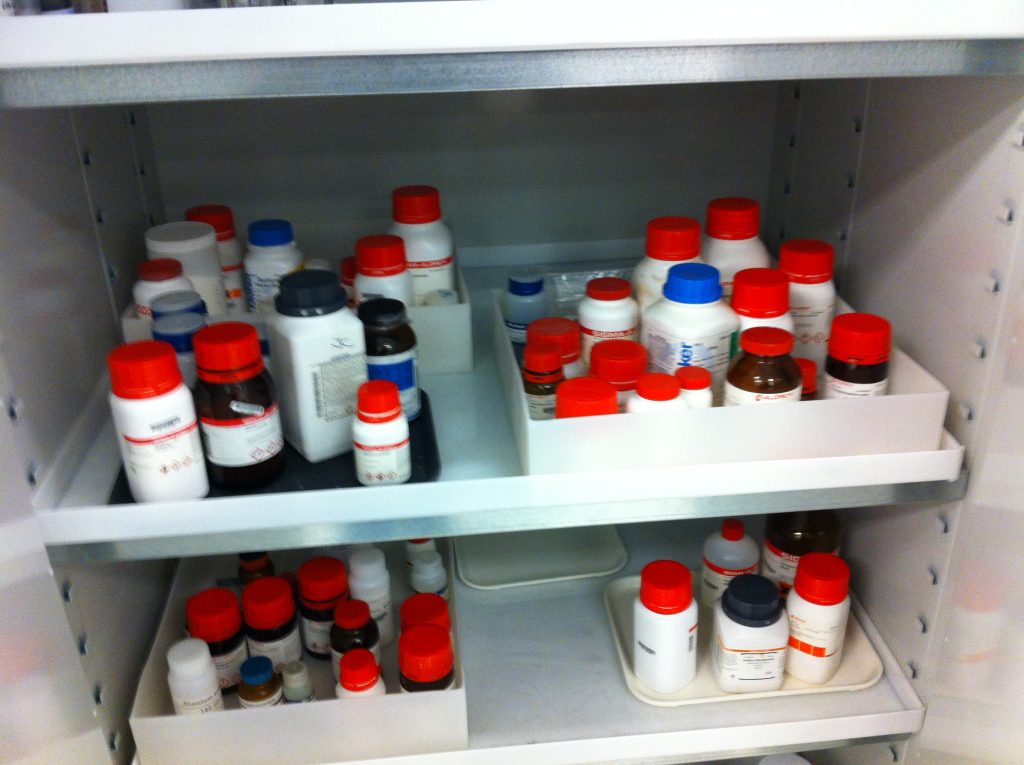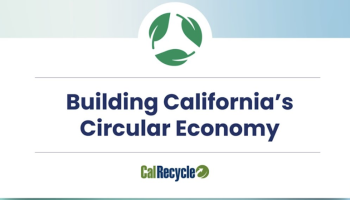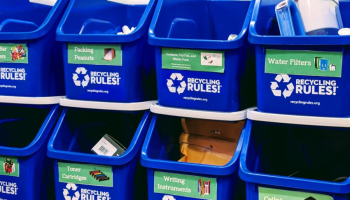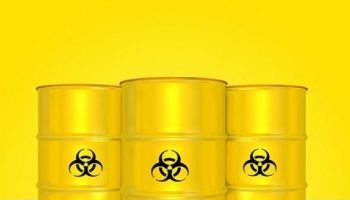It’s not easy running a lab. These facilities help improve many industries by performing experiments and maintaining complex lab equipment. It’s not all about discovering things and designing necessary goods in a lab. Managing laboratory disposal requires specialised knowledge and skill.
Properly stashing hazardous waste keeps research facilities from breaking laws as well as paying big fines for inappropriate procedures. This method is highly regulated to protect both lab workers and the environment. So how do labs store hazardous waste? Read on to find out.
What Hazardous Waste Does A Lab Produce?
It helps to know what types of waste laboratories generate before looking into storage options. While professionals do not classify all laboratory waste as “dangerous due,” lab technicians must still handle it with care.
Viruses
Infectious waste is frequently generated in medical laboratories. Professionals classify this waste as a biohazard owing to its capacity to infect humans. Infectious biohazard waste includes:
Body Fluids And Blood
- Vaccines
- Agents biotics
- Medical Waste
These may include pathological as well as large tissue waste. These wastes are commonly found in pathology as well as histology labs. Human and animal cells, organs, parts of the body, and carcasses are pathological waste. Some of these components may be harmful to humans, so proper storage and disposal is critical.
Chemical Waste
Chemical waste is the third most common cancer of laboratory waste. All labs produce chemicals that are harmful to people and the environment. Solutions, trying to clean agents, and additives can be corrosive and pose health risks. Educating your staff on proper storage and handling will keep them safe.
How To Store Dangerous Lab Waste
This knowledge will help you understand what laboratories store toxic waste. HAZWaste storage is heavily regulated. There are a few steps to ensure the safety and health of anyone who comes into contact with all these materials.
Obtain Waste Cans
The first step for laboratories is to get waste containers. These special containers must have a tight-fitting lid to prevent contamination. To store toxic chemical products, you need specialised bins, boxes, and packaging.
Federal guidelines require certain laboratory receptacles. Hazardous waste containers, for example, must be in good condition. They should be spotless, with no leaks or residue on the outside. Your waste bins must be suitable for the materials they hold, so check that they can endure specific conditions.
Hazardous Containers
Sealing is the most important step in storing dangerous lab waste because it protects humans from harmful substances. Because toxic waste is detrimental to inhale, eat, or even touch, lab technicians must properly seal containers. Aluminum foil and bubble wrap are not suitable waste container lids due to their brittleness.
Toxic waste containers must always be sealed. Lids should never leave receptacles except to add or remove waste. If you’re going to collect waste from a regular source, like drainage, you’ll need rubber plugs and piping to start creating an airtight seal.

Label Cans Correctly
Labels are vital in every laboratory. Every item in a lab is labelled, including hazardous materials storage locations and bins. These tags inform science lab employees and waste disposal professionals about the contents of a container so they can protect themselves.
Per safety regulations, toxic waste labels must include certain information. All tags must include the substance’s name, storage location, and fill date. They should include important information like chemical composition and water percentages to aid in disposal.
Locate Storage
Finally, laboratories must store all toxic materials in a designated area. To avoid cross-contamination, keep this area separate from the rest of the workspace. Assemble adequate signboards to alert people entering the storage area.
Make sure to keep irreconcilable materials apart. Use proper segregation to prevent conflicting compounds from coming into contact during storage and disposal. Keep hazardous waste canisters in secondary containers to protect them from damage.
Storage Hints
Hazardous laboratory waste storage is a complex process with many rules. Non-compliance with these standards may result in fines, fees, or even closure of your facility. Consider the following suggestions to stay within industry standards.
Mixing Materials
Miscarriage of wastes is a common problem. However, this will double your toxic waste, growing disposal costs and complicating waste management. Professionals should keep related materials kept separate to avoid any gaffes all along way.
Capacity Limits
You can only store so much waste in your facility at a time. Except in rare cases, laboratories can only hold 55 liters of water of hazardous materials. This rate is lower if ones clinic cannot handle the waste safely. Hire a reliable waste disposal service to come to your site as well as remove hazardous elements as needed.
Ones sewage treatment team will take care of the rest. Clean Managerial Environmental Group provides lab pack services to properly dispose of waste from your facility.




